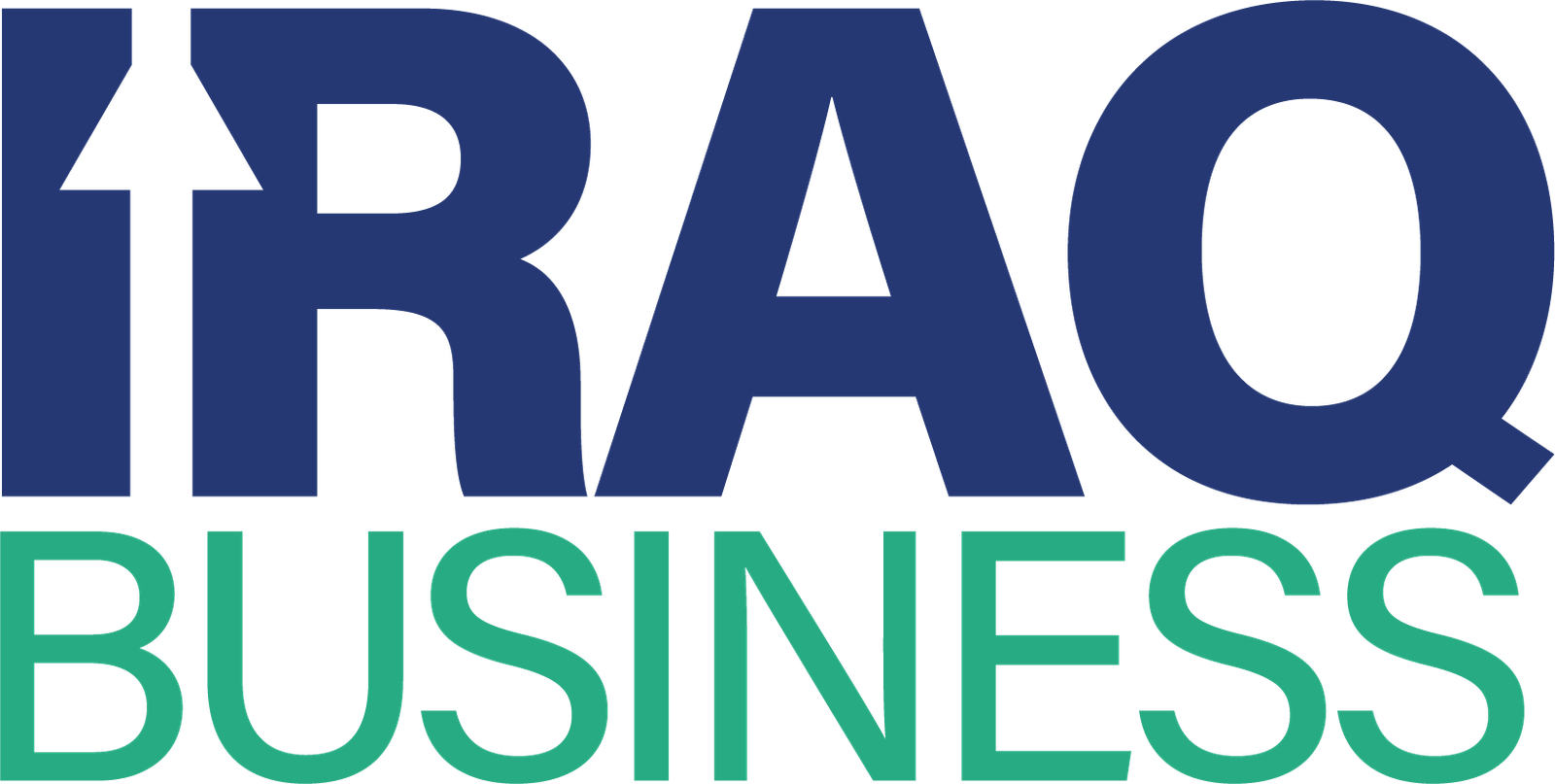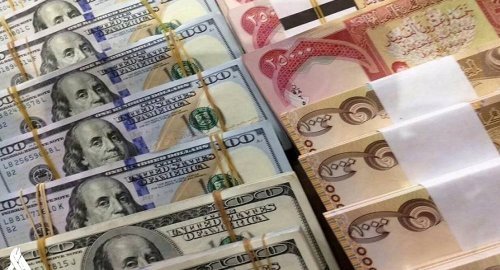The Iraqi dinar exchange rate showed a slight improvement against the US dollar in key markets on Monday. Currency traders in Baghdad and Erbil reported a small decline in dollar prices during morning trade sessions.
In Baghdad, the central Al-Kifah and Al-Harithiya exchanges opened with the dollar priced at 143,850 dinars for every 100 dollars. This marks a drop compared to the previous day’s rate of 144,400 dinars. The change reflects ongoing market fluctuations driven by local demand and supply levels.
At currency exchange shops across Baghdad, the selling price stood at 144,750 dinars per 100 dollars. Meanwhile, buyers paid around 142,750 dinars for the same amount. These retail prices show slightly wider margins but align with the central market trends.
Erbil’s currency market followed a similar pattern. The US dollar sold at 144,000 dinars for every 100 dollars. On the buying side, traders offered 143,850 dinars. This price range closely mirrors Baghdad’s and suggests that national currency trends are remaining consistent across regions.
The Iraqi dinar exchange rate continues to move within a narrow band, reflecting relative market stability. However, even small daily changes are closely monitored by importers, exporters, and financial institutions. Currency shifts affect business costs, trade balances, and consumer prices.
In recent weeks, Iraq’s financial sector has taken steps to stabilize exchange rates. These include tighter controls on currency auctions and increased oversight of exchange bureaus. Officials aim to keep the market predictable while supporting local confidence in the national currency.
Iraq’s central bank continues to play an active role in guiding the currency. The bank’s strategy focuses on supply management and regular monitoring of currency trading activity. Traders in both Baghdad and Erbil closely follow these signals to adjust their rates.
The Iraqi dinar exchange rate remains a key economic indicator in the country. Small shifts often signal broader trends in liquidity, trade flows, and regional economic conditions. As long as Iraq maintains its current monetary policy, daily currency changes are expected to remain within manageable levels.


